3
Photographer of the Year
Julie Hrnčířová
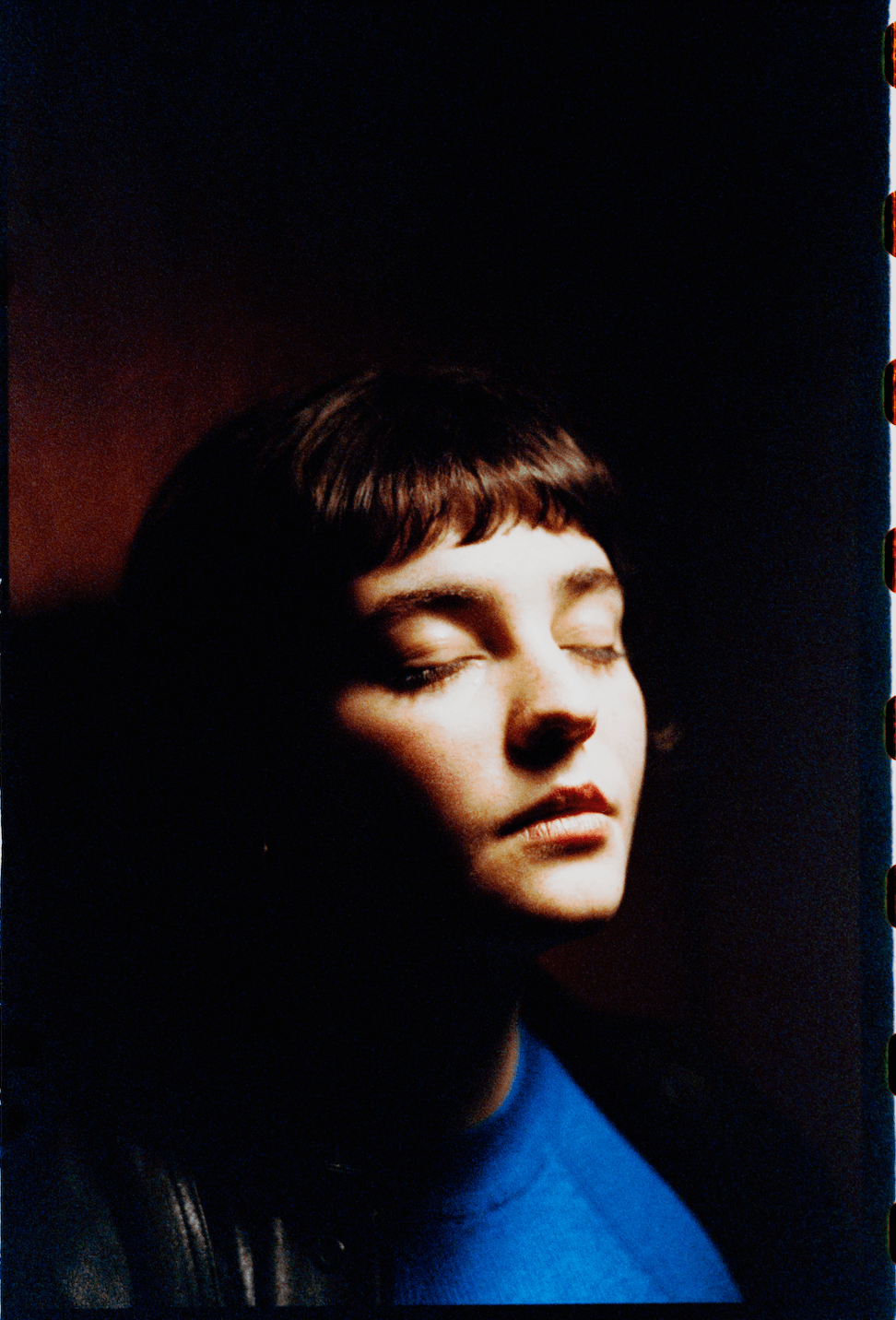
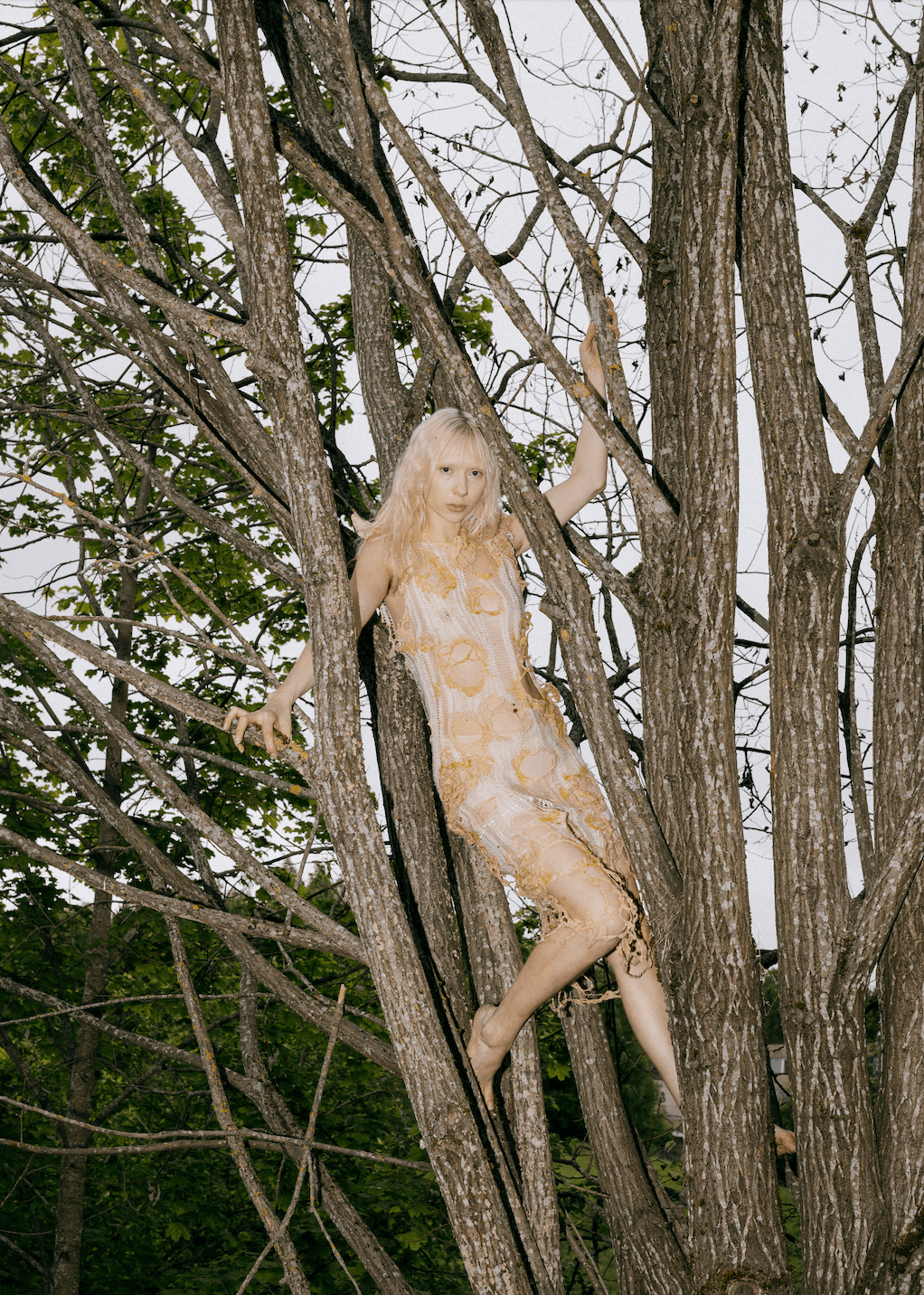
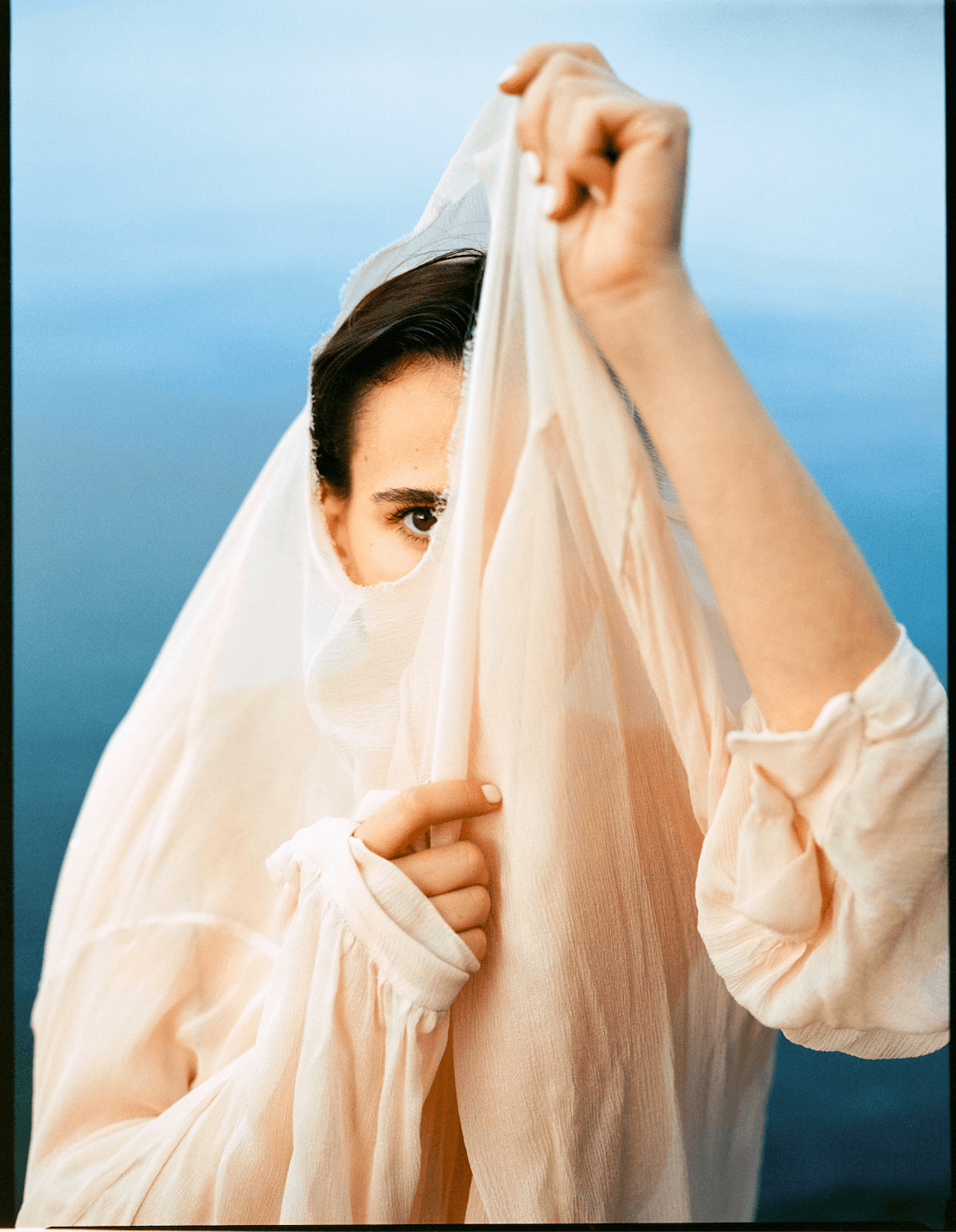
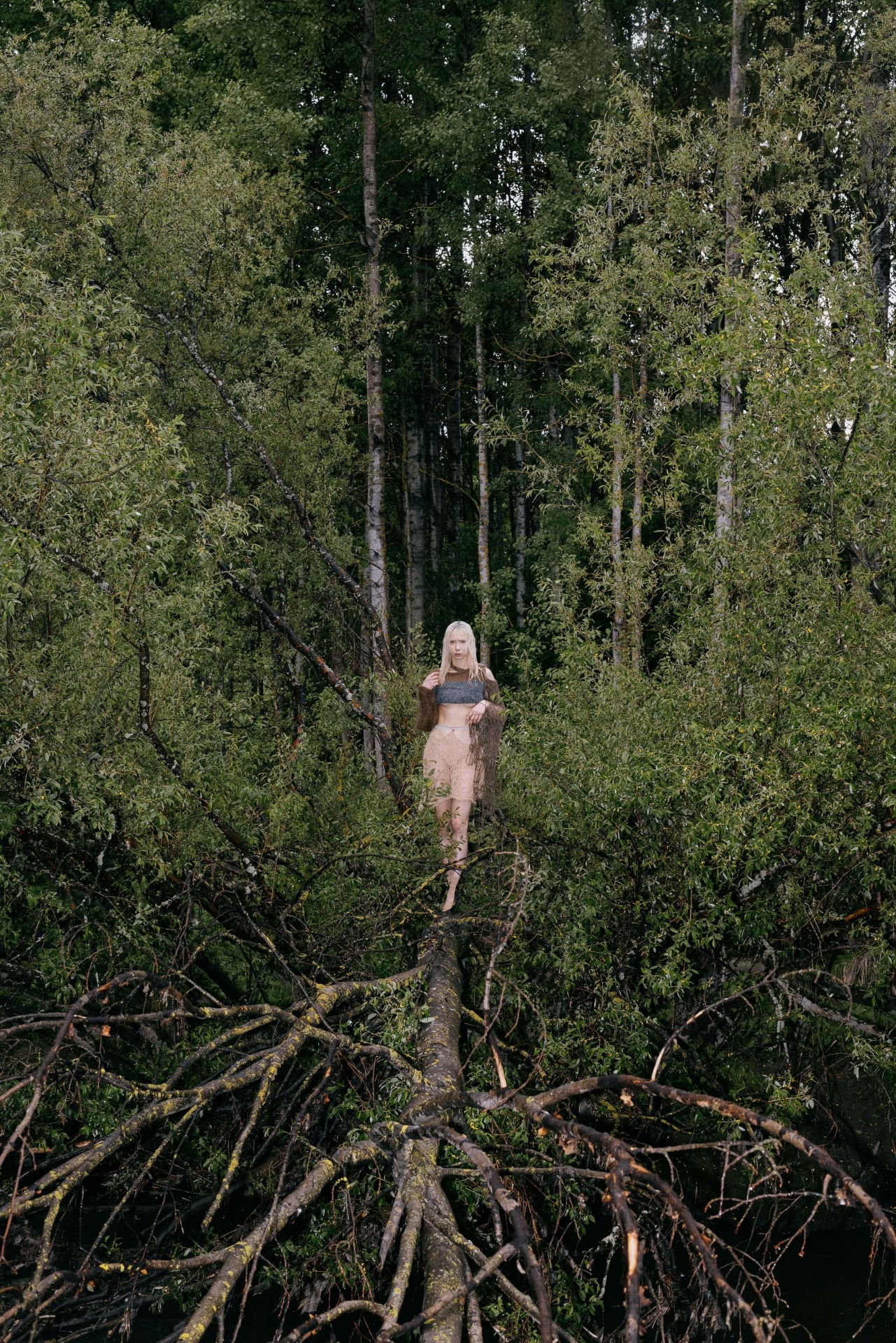
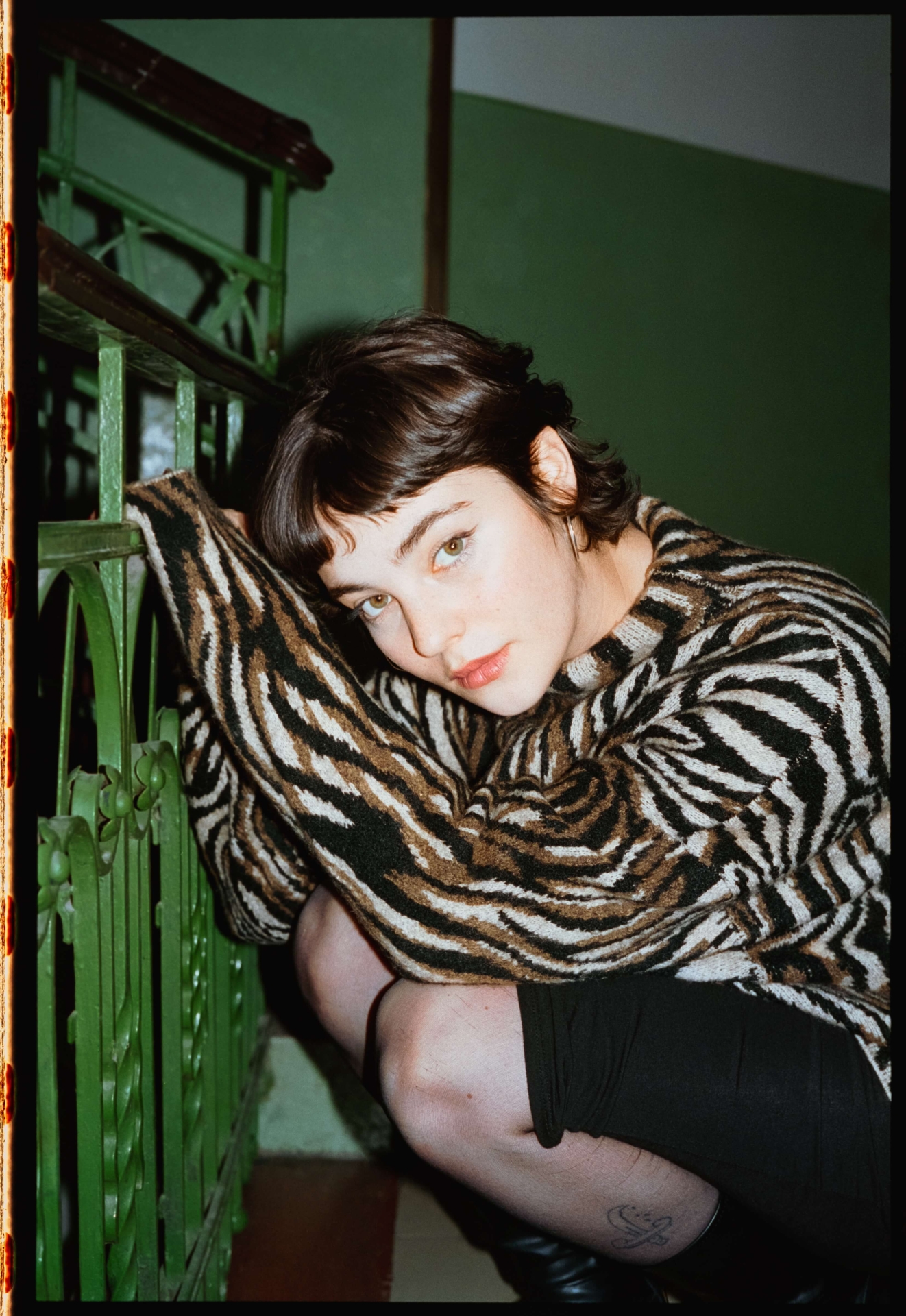
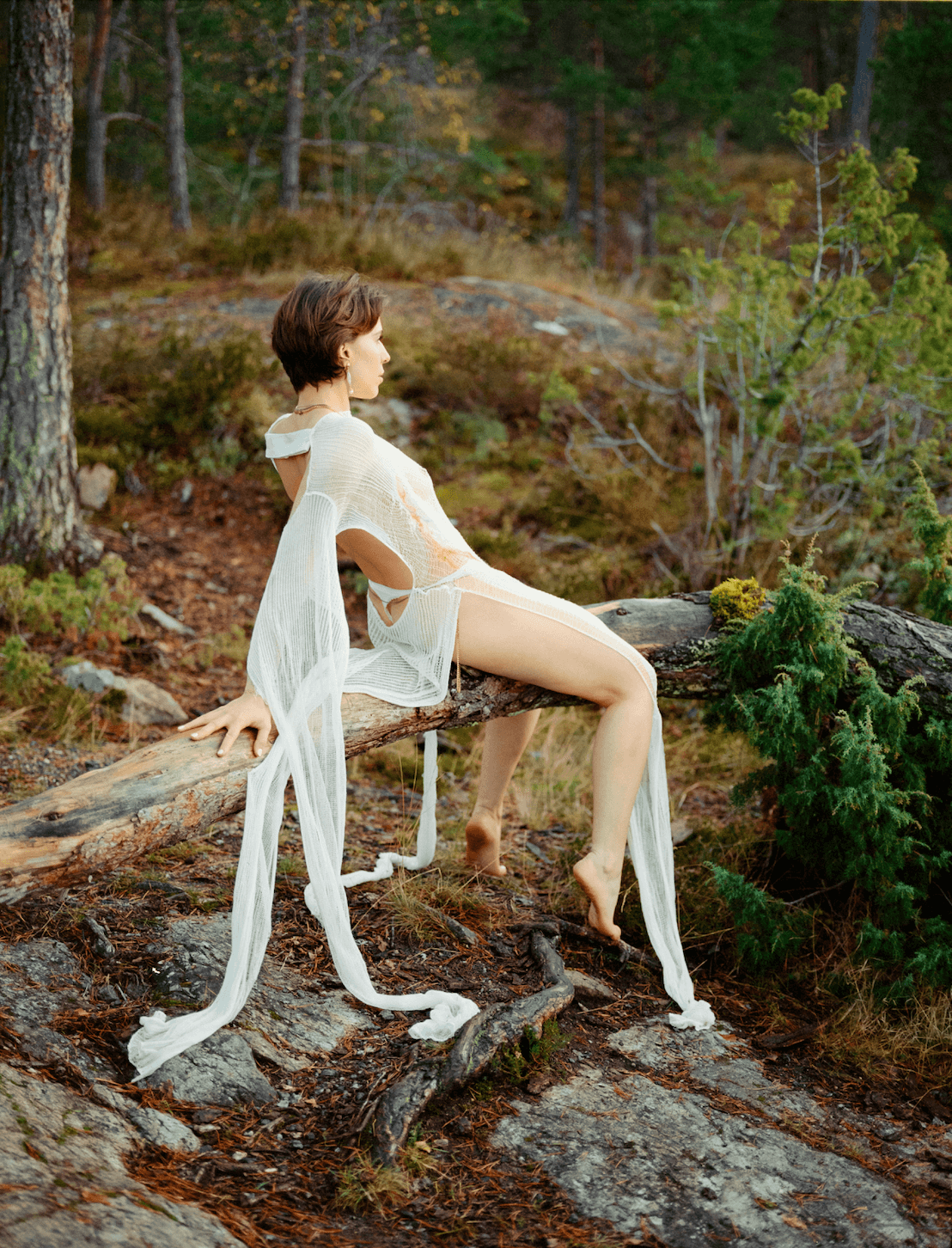
“Everything needs a human touch,” Julie Hrnčířová says of her photographs. “There is always a human presence or a gesture.” And it doesn’t matter whether she is talking about portraits, journalist photography or still lifes she photographs in the streets and then reconstructs in galleries. For Julie Hrnčířová, a photograph is always an encounter with a person. There is something soothingly classical at the core of her approach to the medium, which relates to the tradition of the humanist documentary. But this does not mean that she is old-fashioned, let alone conservative in any way.
Julie began photographing during her studies of graphic arts at the Secondary School of Arts and Crafts in Žižkov, Prague. Back then the interest in analogue photography was waning away, and it didn't look like it was going to make a comeback. This is when Julie became enchanted by the solitary, almost meditative work creating black-and-white enlargements in a darkroom, and her distinctive style slowly began to take shape. She focused on portraits, still life photography and inspiration drawn from the influences of street photography and continues to develop these approaches to this day. She first dedicated her time to these during her studies in Ústí nad Labem, then at the photography school in Arles, and continues to pursue them in her professional practice. She has lived in Oslo for four years and divides her activities between journalist commissions and freelance work.
"I have been experimenting with the camera and discovering music," Hrnčířová describes how photography has become a natural entry point for her into musical subcultures since the very first concerts she went to in the Akropolis Palace. Photographs of bands, musicians and female musicians, album covers, and visuals have become a unique and very distinctive part of her work. Hrnčířová sees music and knows how to see and portray it in the people who make it.
This is confirmed by the empathetic portrait series of singer-songwriter Amelia Siba, which Hrnčířová created for Full Moon magazine, and which captures the introverted mood of the fragile songs in an informal, not stylized way. The photographer’s portraits are so impressive because she dedicates her time to what is essential: "What I enjoy most about taking pictures is making contact and getting to know each other," she explains with passion, "photography is the key to people for me."
Pavel Turek
Andrea Březinová
Vít Jakubíček
Iva Knobloch
Helena Koenigsmarková
Robert Kováč
Jan Mergl
Barbora Müllerová
Anna Nosková
Eva Slunečková
Marta Sylvestrová
Klára Tománková
Pavel Turek
Jana Vinšová